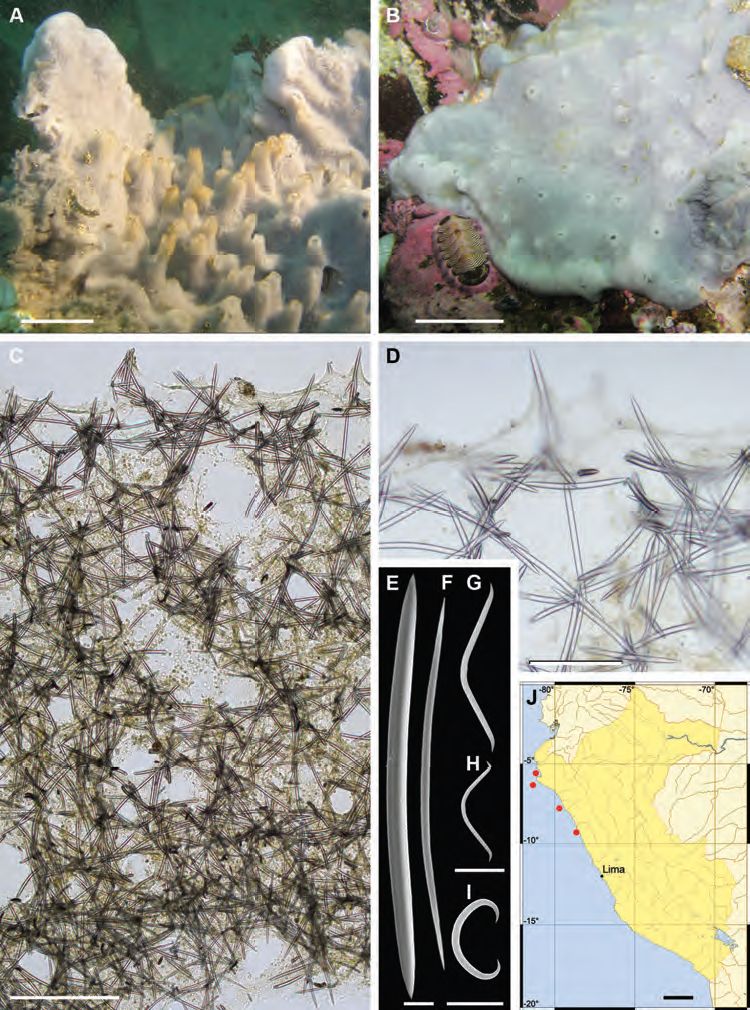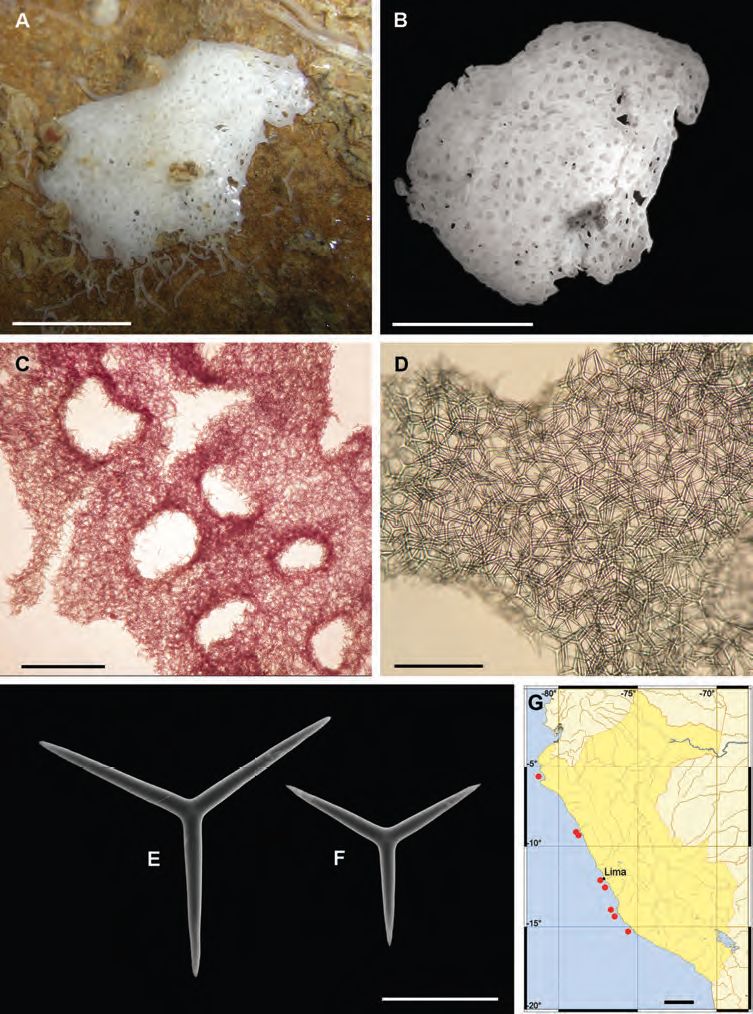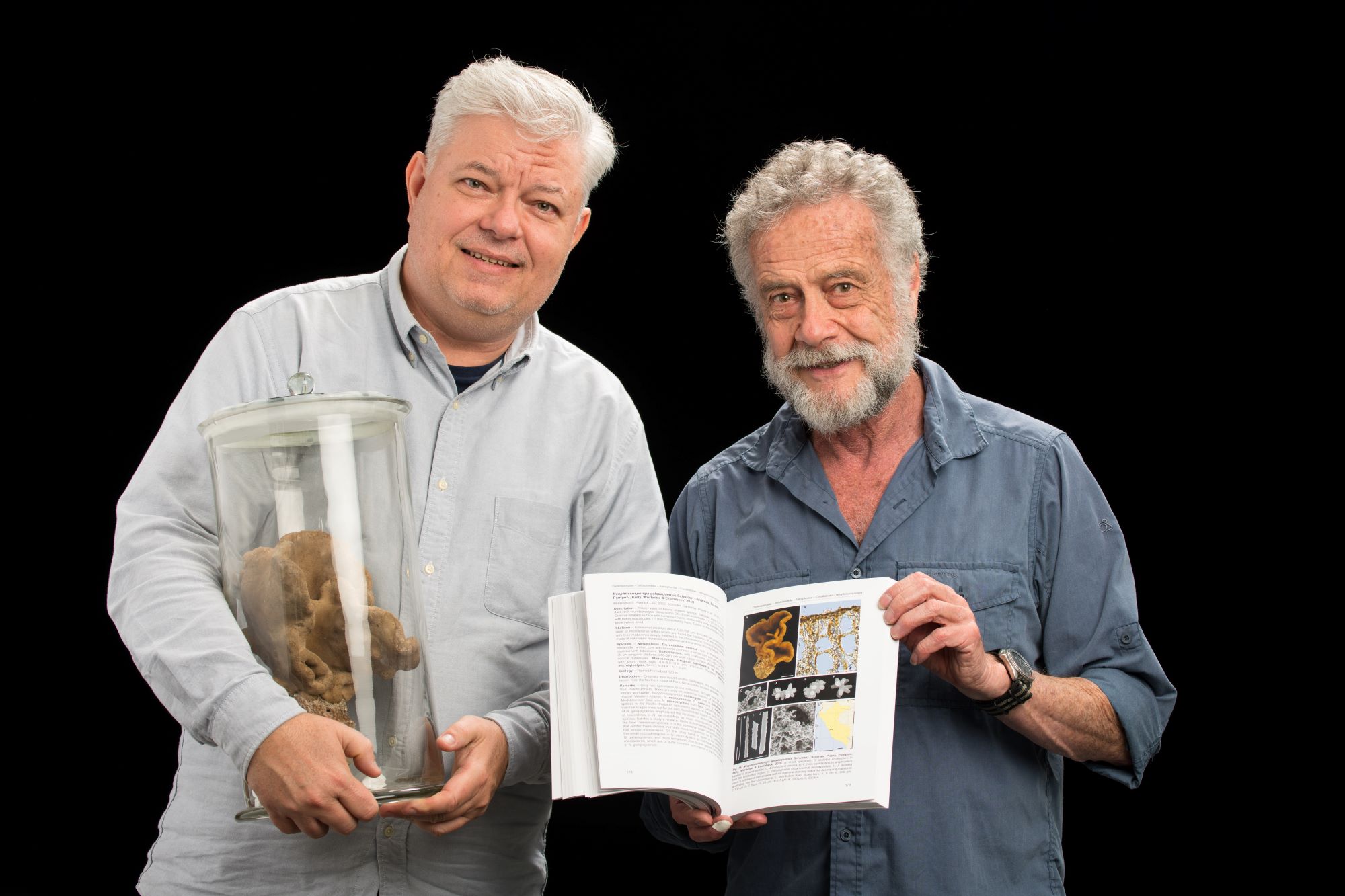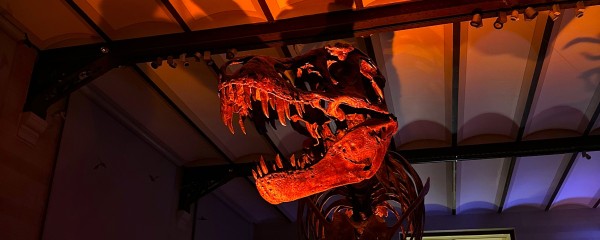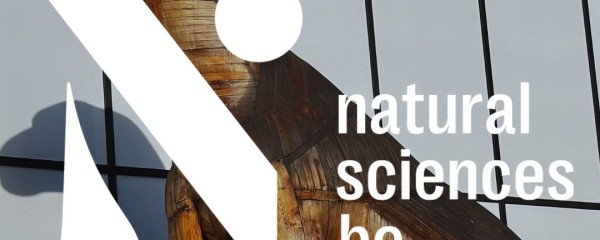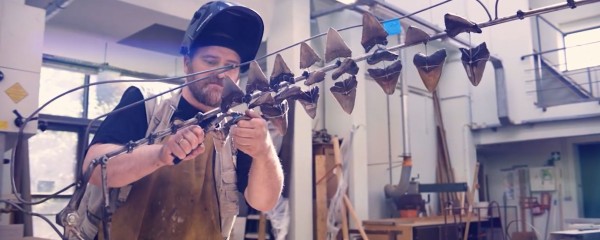More than 30 new sponge species discovered in Peru
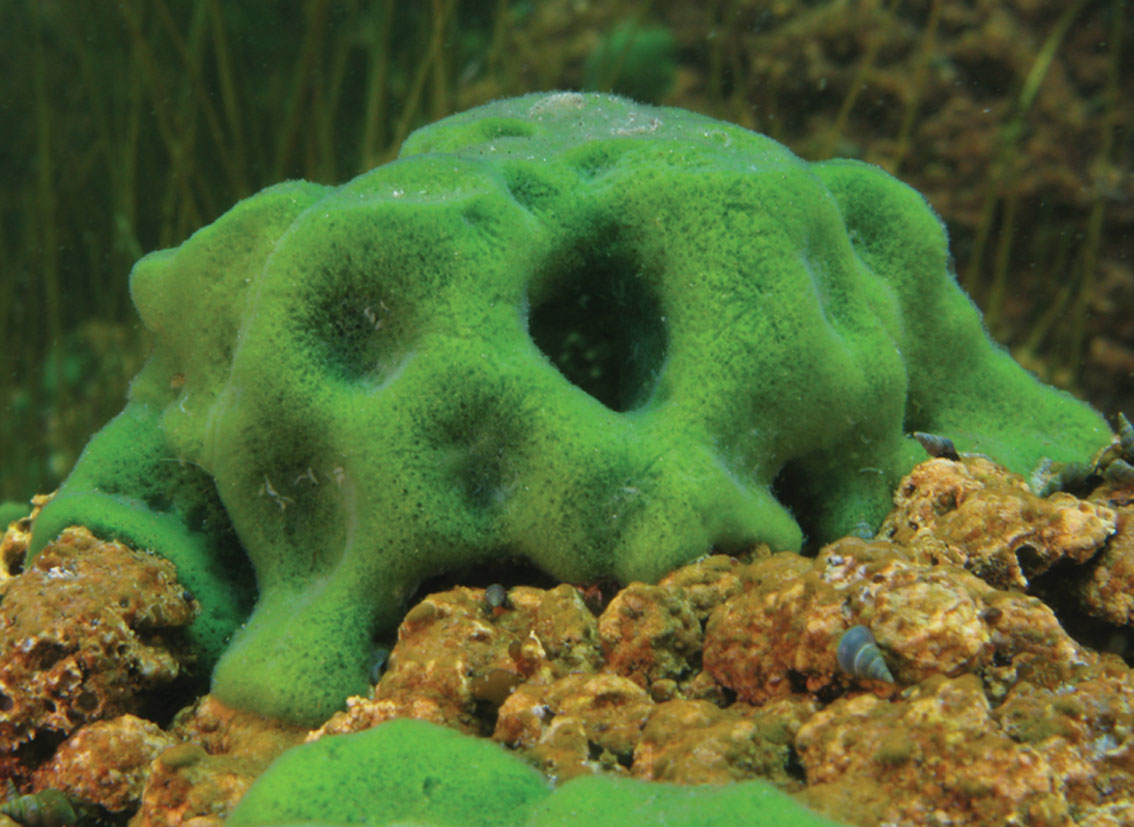
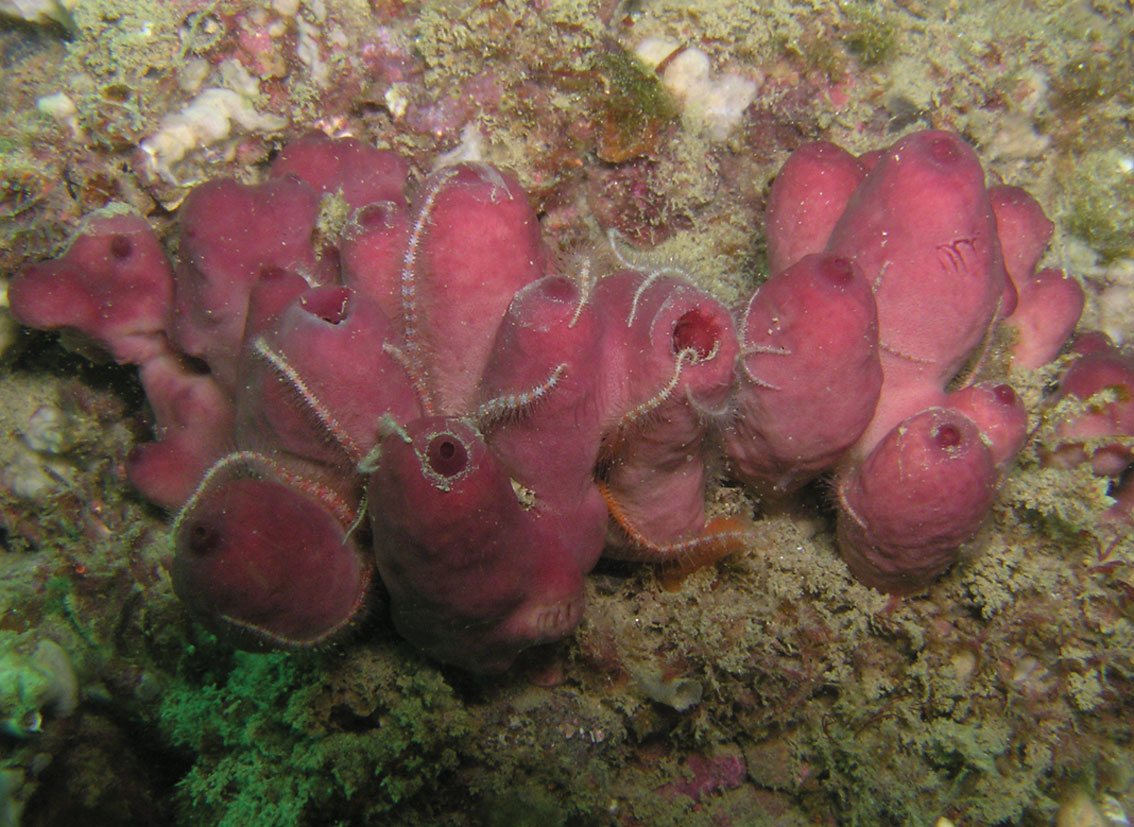
Marine biologists Philippe Willenz (Institute of Natural Sciences) and Eduardo Hajdu (Federal University of Rio de Janeiro), assisted by local students, have inventoried the diversity of sponges in Peru. A lengthy task: 15 years after the first diving mission and 11 publications dedicated to describing 31 new species, they gather in a voluminous work no less than 86 different species.
Peruvian sponge diversity was virtually unknown before the 2000s. Only two coastal species were described, while fewer than 10 abyssal species had been collected by dredging at the beginning of the last century. Willenz and Hajdu had already conducted together several surveys of sponges in Chilean and Argentinian Patagonia. The 3,000-kilometer-long Peruvian coast was a logical step in the inventory of South American sponges.
Efficient filter feeders
For some, sponges are reminiscent of a boring synthetic kitchen or bathroom instrument. But for zoologists, who also name them "Porifera", they are the simplest benthic invertebrates that live in the sea at all latitudes, from the intertidal zone to the deepest abyssal depths, as well as in freshwater in temperate and tropical regions.
They have no digestive tract, mouth, anus, nervous system, or muscles. Sponges feed by filtration: their tissues are pierced with inhalant pores that allow circulation of water, activated by specialized cells that retain particles and oxygen. The filtered water is then expelled through larger aquiferous openings.
In a coral reef, sponges can filter the entire water column above them in just a few days- Philippe Willenz, Institute of Natural Sciences -
They reproduce either asexually or through cells transforming into egg or sperm cells. Sponges are among the oldest known animals: their fossils date back to the Precambrian, more than 540 million years ago. A successful group of animals, indeed.
Sponges play an important role in marine and freshwater ecosystems. They provide shelter for various organisms, thus participating to the stability of benthic biodiversity, explains Philippe Willenz. By filtering bacteria, organic matter, and tiny plankton, they contribute to the health of the ecosystem. ‘In a coral reef, sponges can filter the entire water column above them in just a few days. They can thus become indicators of environmental pollution, especially by heavy metals or even microplastics.’
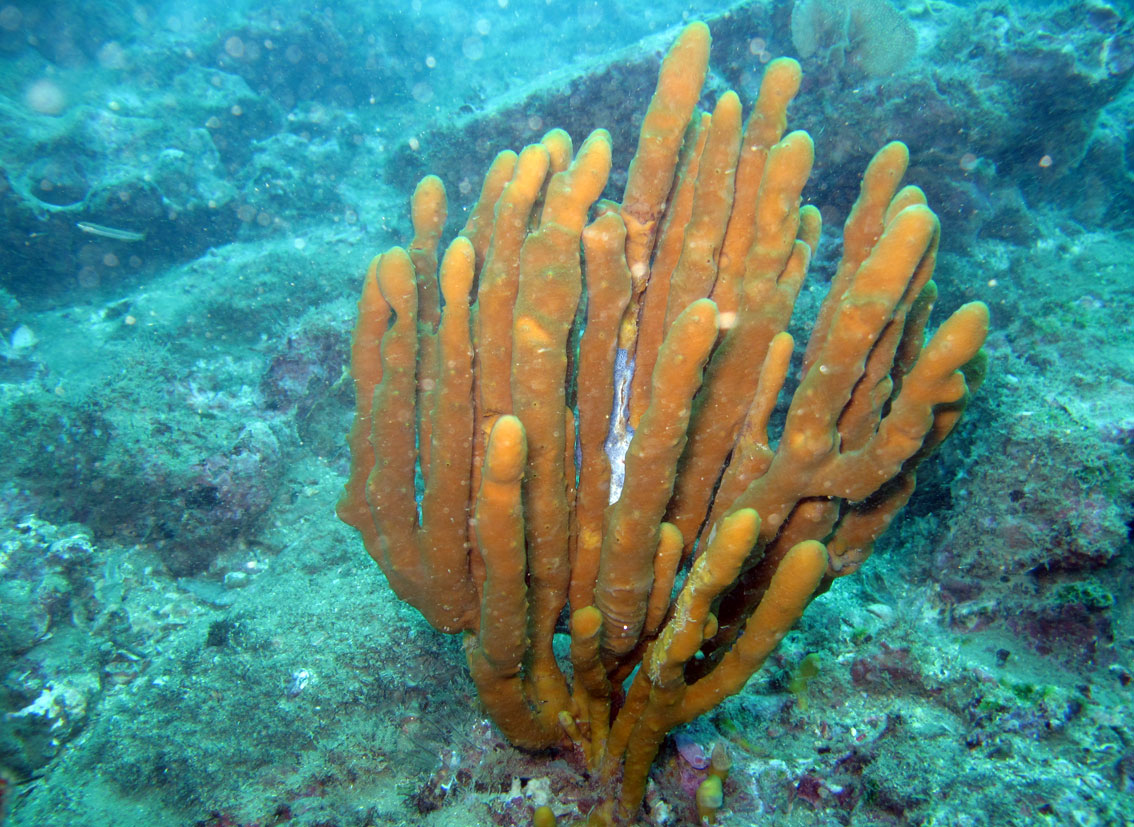
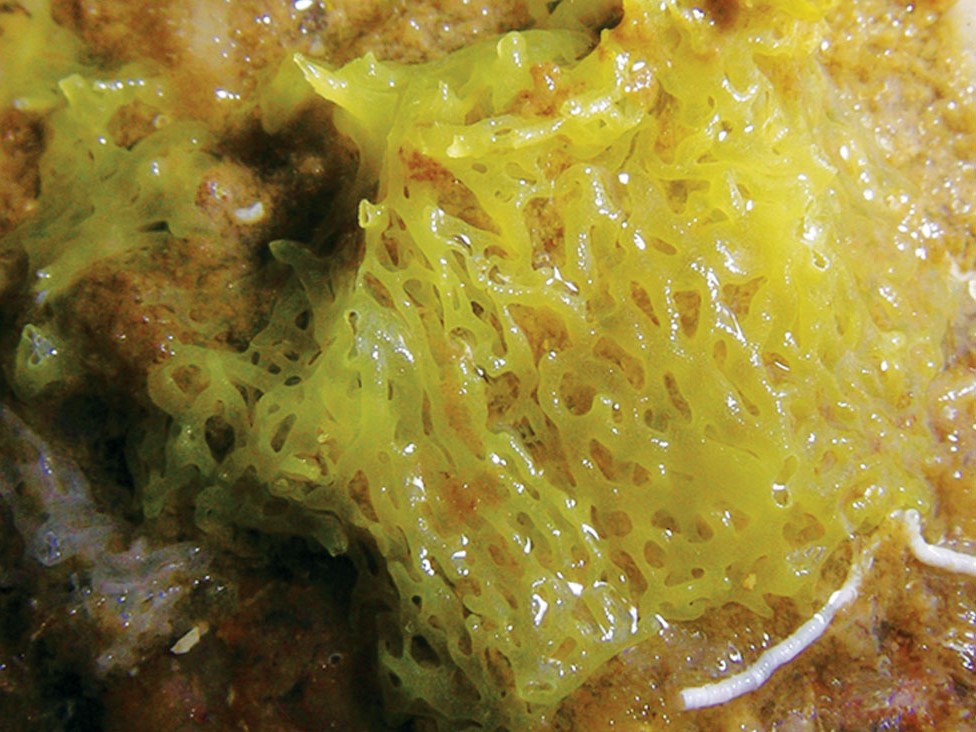
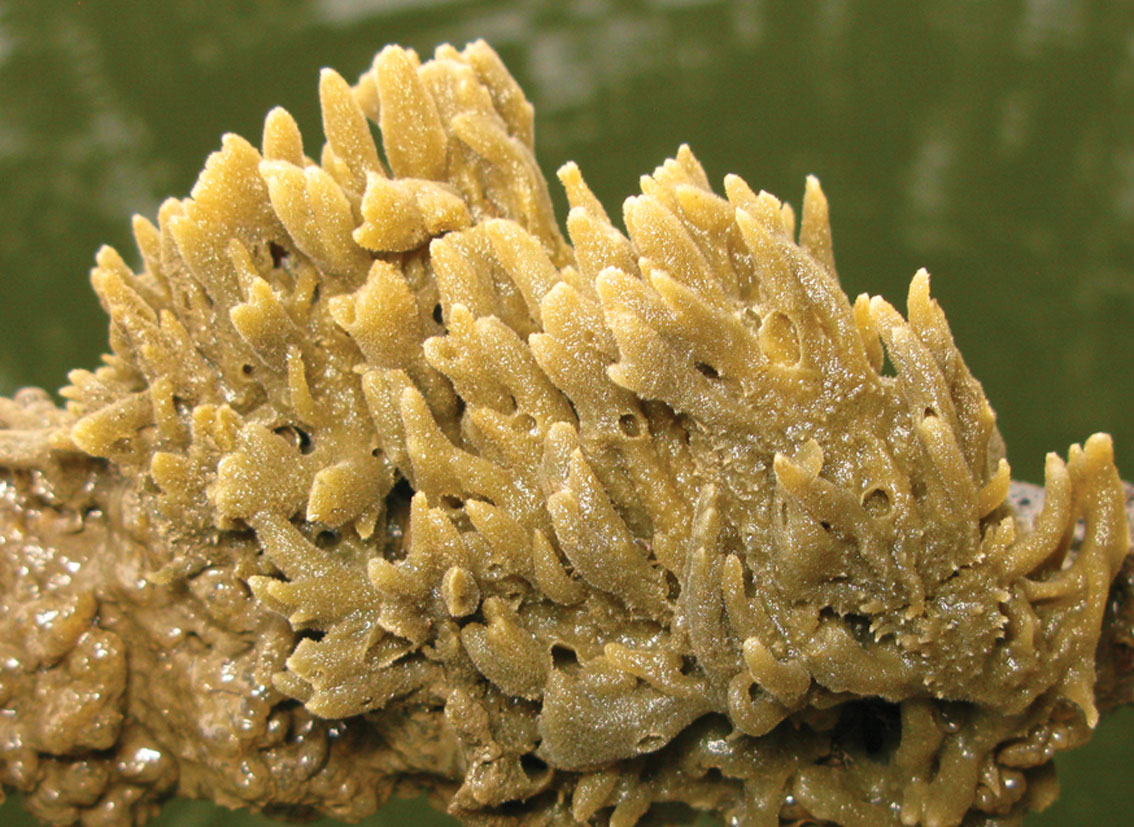
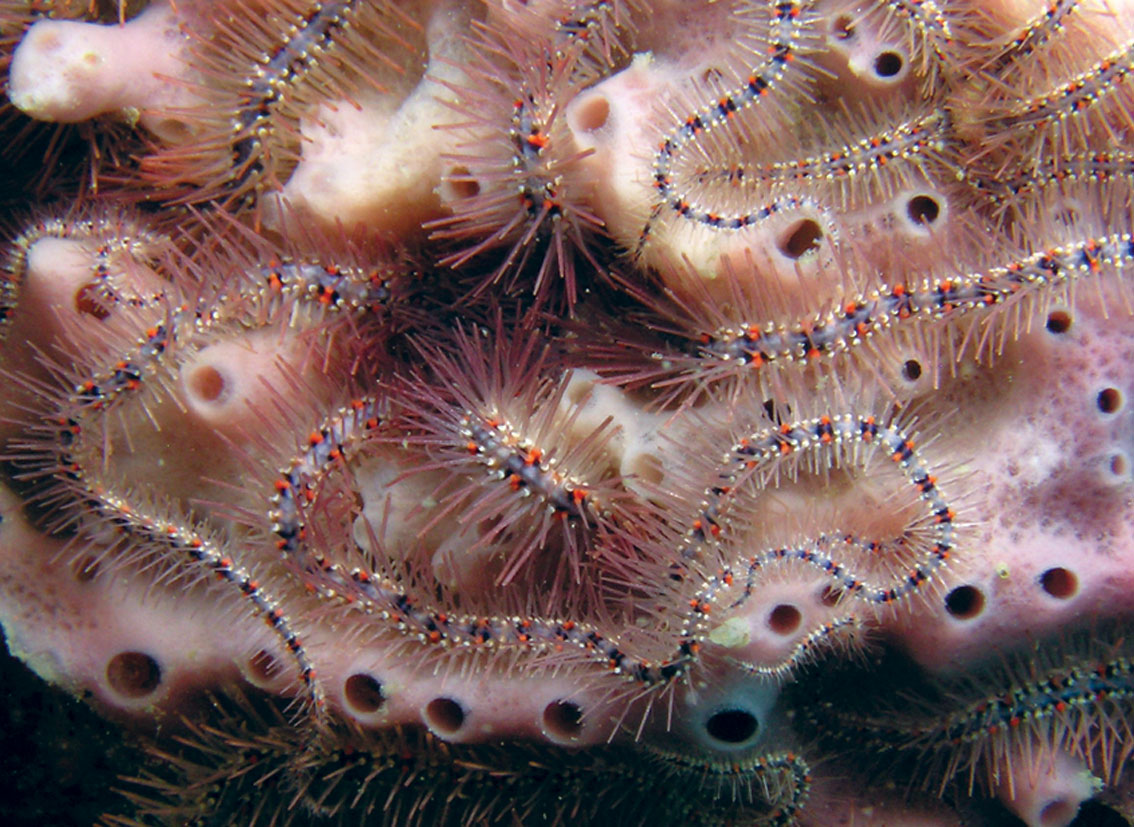
Medicines against cancer
In recent decades, the pharmaceutical industry's interest in sponges has greatly increased. Toxins that serve as protection against predators are tested for their therapeutic properties. New molecules with antiviral, antibacterial, anti-tumor, anti-malarial, or anti-inflammatory properties have been isolated and then reproduced in the lab. For example, AZT, used in the treatment of AIDS, can be attributed to molecules from sponges, and discodermolide, a molecule involved in the stabilization of tumors, has been isolated from the Caribbean sponge Discodermia dissoluta.
Willenz and Hajdu have just completed a titanic task: describing the diversity of sponges in Peru. During three diving missions between 2007 and 2009 they collected nearly 900 specimens at 109 sites. It took over a decade for biologists to describe them and train Peruvian students to help with this taxonomic work.
The result: 86 documented sponge species, including 31 new species. They are compiled and extensively illustrated in Abc Taxa (Vol. 22): Marine and Freshwater Sponges of Peru. Abc Taxa is a series of taxonomic manuals published by the CEBioS Programme in connection to the National Focal Point for the Convention on Biological Diversity, and coordinated, among others, by the Institute of Natural Sciences.
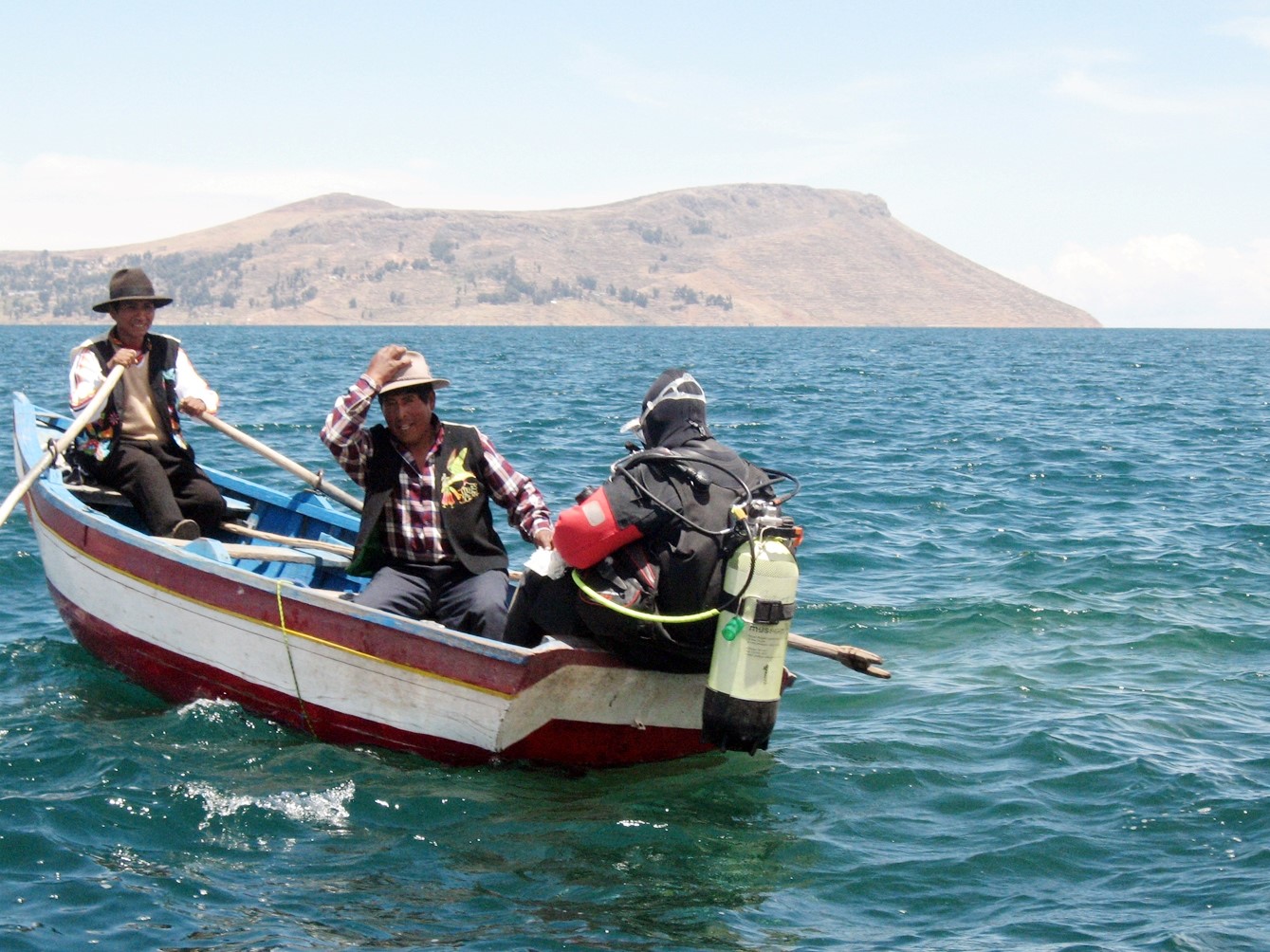
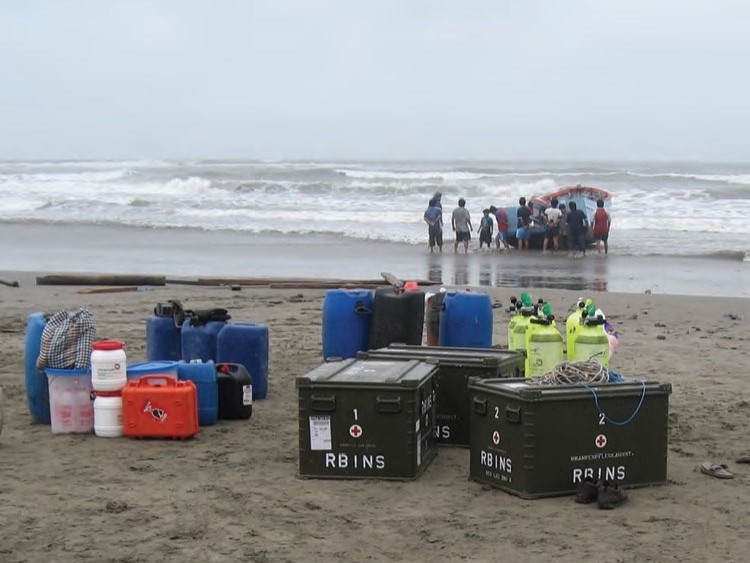
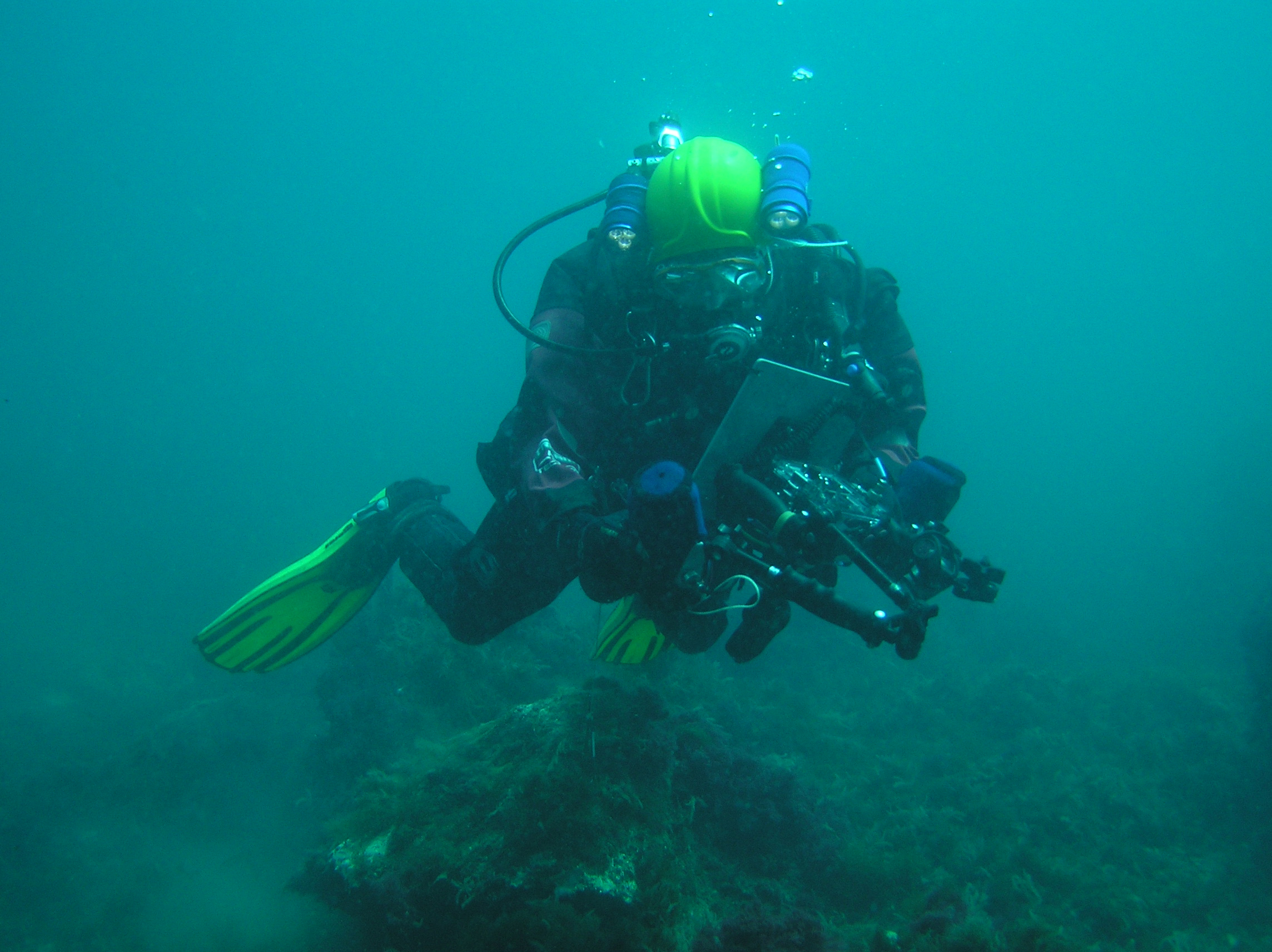
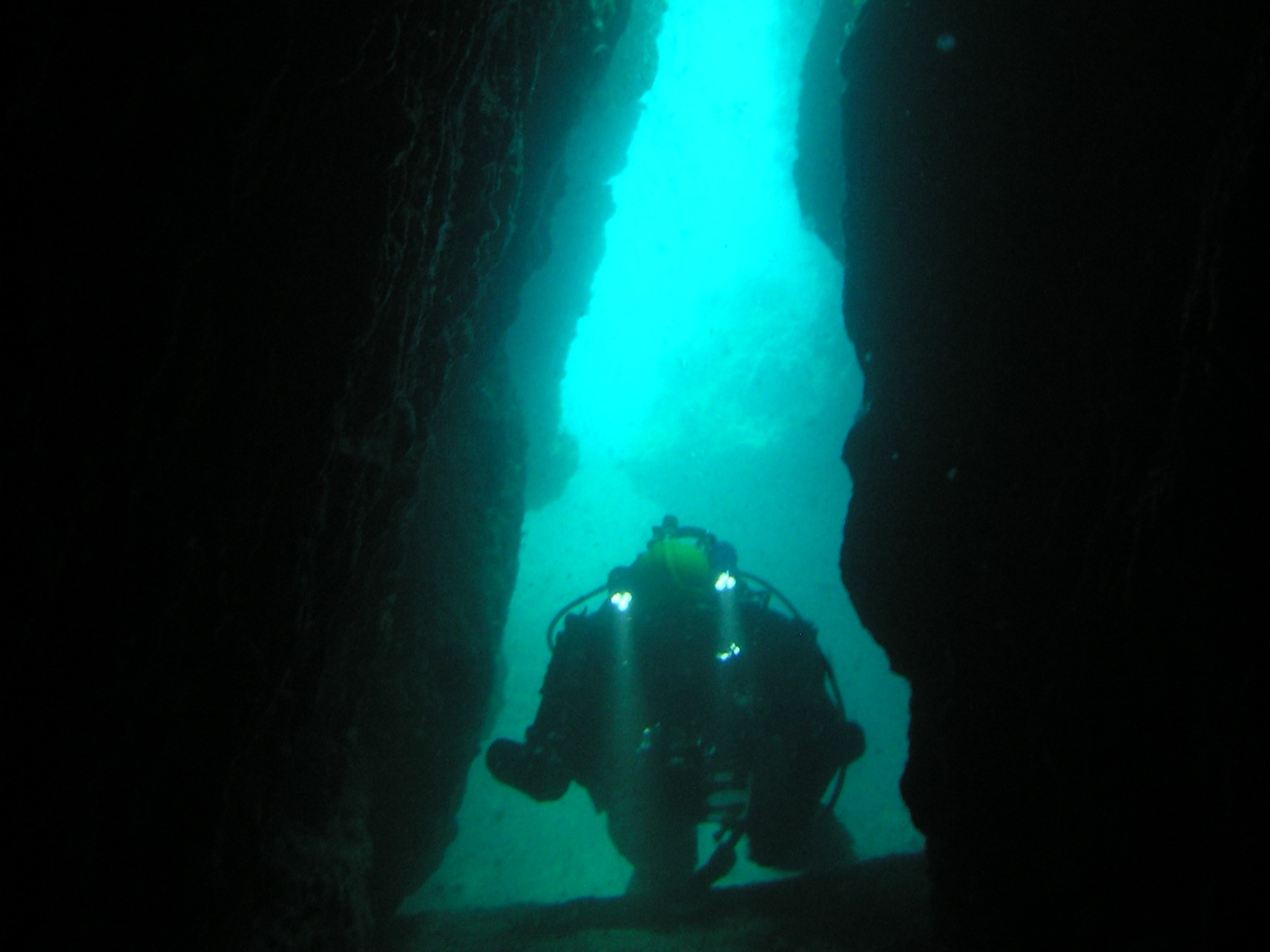
Hyperdiversity
Sponges exhibit an incredibly wide range of shapes, colors, and sizes, as well as very different internal structures. Taxonomists distinguish species primarily based on the shape and size of the spicules that make up their skeleton. These are microscopic needles made of calcium carbonate or silica that reinforce tissues. The skeleton structure is also distinct for each species. Some don't even have spicules, and their skeleton consists only of collagen fibers, like the bath sponge. So, histological slides must be prepared to observe them under a microscope, which takes a lot of time.
Of the 15,000 estimated species of sponges, some 10,000 have been officially described and catalogued over the past few centuries. This voluminous manual, also available soon in Spanish, includes instructions for in situ sampling, sponge storage and analysis, aiming to inspire new generations of marine biologists to continue exploring this truly absorbing world.
